Zhili Zongdu Shu, Baoding - Prix des billets, heures d'ouverture, emplacement et points forts
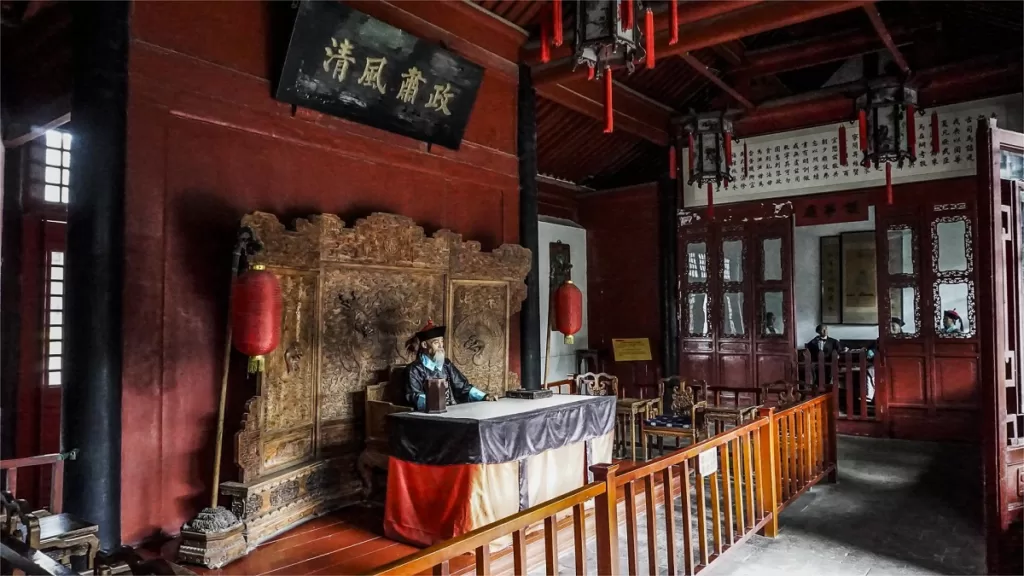

Zhili Zongdu Shu, also known as the Zhili Zongdu Bureau Courtyard (直隶总督署), stands as a well-preserved provincial-level government office from the Qing Dynasty in China. Its origins date back to the Yuan Dynasty, and it served as the government office for Baoding Prefecture during the early Ming Dynasty. Later, during the Yongle reign of the Ming Dynasty, it was transformed into the Daming Dusi Shu, and in the early Qing Dynasty, it became known as the Canjiang Shu. However, it wasn’t until the eighth year of the Yongzheng reign (1730) that the Zhili Zongdu Shu was officially established following significant expansion. Over the course of the reigns of emperors from Yongzheng to Xuantong, it became a symbolic representation of Qing Dynasty history.
Table des matières
- Informations de base
- Localisation et transport
- Highlights of the Courtyard
- Video about ZHili Zongdu Shu
- Conseils utiles résumés à partir d'études
- Other Attractions in Baoding
Informations de base
| Site web | https://www.bdzlzds.cn/ |
| Durée estimée de la visite | Environ 2 heures |
| Prix du billet | 30 RMB |
| Heures d'ouverture | 8.00 – 18.00; Last admission: 17.30 (15th April – 15th October) 8.00 – 17.30; Last admission: 17.00 (16th October – 14th April) |
| Numéro de téléphone | 0086-0312-2016547 |
Localisation et transport
Zhili Zongdu Shu is located in Baoding City, Province de Hebei, China, specifically at 301 Yuhua West Road. Tourists can take Bus No. 1, 4, 8, 12, 25, 35, 39, or 66 and get off at Ancient Lotus Pond Stop (古莲花池站).
Highlights of the Courtyard
Architecture and Layout
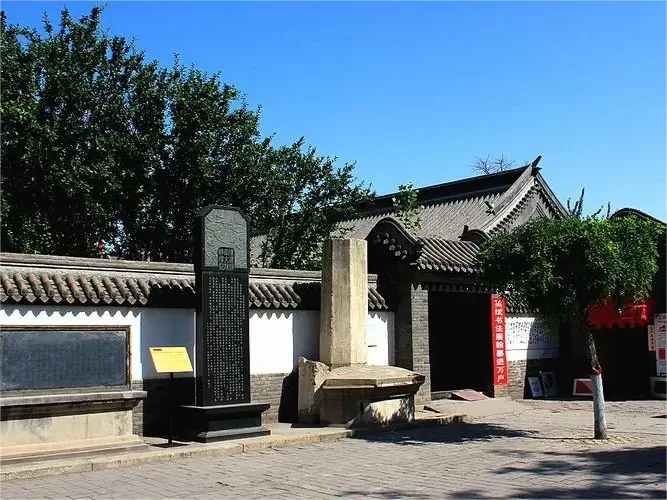
Zhili Zongdu Shu is situated facing south in Baoding, featuring the typical architectural style of northern government offices. Its layout strictly adheres to the Qing Dynasty regulations for provincial government offices. The complex consists of three main sections: East Road, Central Road, and West Road. Each road is comprised of multiple courtyards, resembling the layout of the Forbidden City in Beijing. The Central Road serves as the core of the complex, consisting of five courtyards aligned along the north-south axis, with auxiliary buildings such as side chambers and wings on both sides.
Main Gate

The grand black three-bay gate of Zhili Zongdu Shu faces north and sits atop a one-meter-high platform. Above the gate, a plaque reads “Zhili Zongdu Bureau Courtyard” (直隶总督部院). Outside the gate, there is a closed-off courtyard consisting of east and west rooms, side gates, screen walls, and flagpoles. The two symmetrical flagpoles in front of the gate, each standing at a towering 33.6 meters, were originally constructed during the time of the Republic of China by Cao Kun, the Military Governor of Zhili, and were rebuilt in 1994.
Salle principale

The main hall, measuring 22 meters in length, 10 meters in depth, and 9 meters in height, serves as the central building of Zhili Zongdu Shu. It is used for official ceremonies, meetings, and handling significant governmental affairs. The centerpiece of the hall is a painted folding screen featuring images of the Red-crowned Crane, ocean waves, and a rising sun, symbolizing a high-ranking civil official. Above the screen hangs a plaque with the inscription “Laogong Shoumu” (烙恭首牧), personally penned by Emperor Yongzheng, which was a gift to the governor Tang Zhiyu. The hall’s prominent columns also display striking couplets, including ones gifted by Emperor Guangxu and Empress Dowager Cixi to celebrate Governor Li Hongzhang’s 70th birthday.
Second Hall
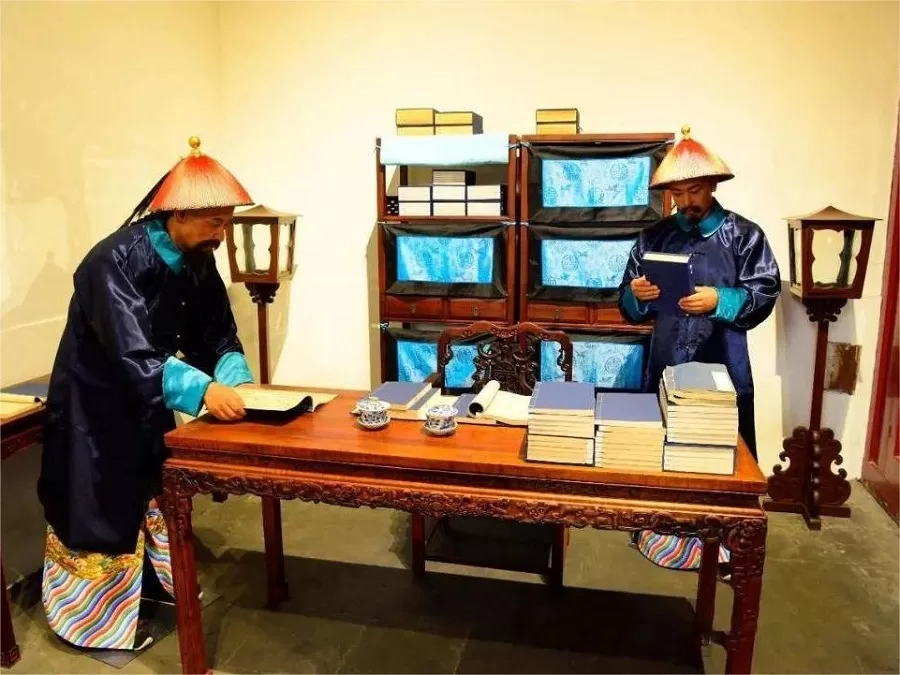
Also known as the “Retreat and Reflection Hall,” this is where the governor conducted daily administrative tasks and met with officials from other regions. The eastern room served as a meeting chamber, while the western room functioned as a reception hall for visiting officials. The hall is designed in a four-sided courtyard style with a rigorous layout and surrounded by covered corridors. In the center stands a wooden screen carved with images of mythical creatures like the qilin, symbolizing a high-ranking military official.
Residential Quarters
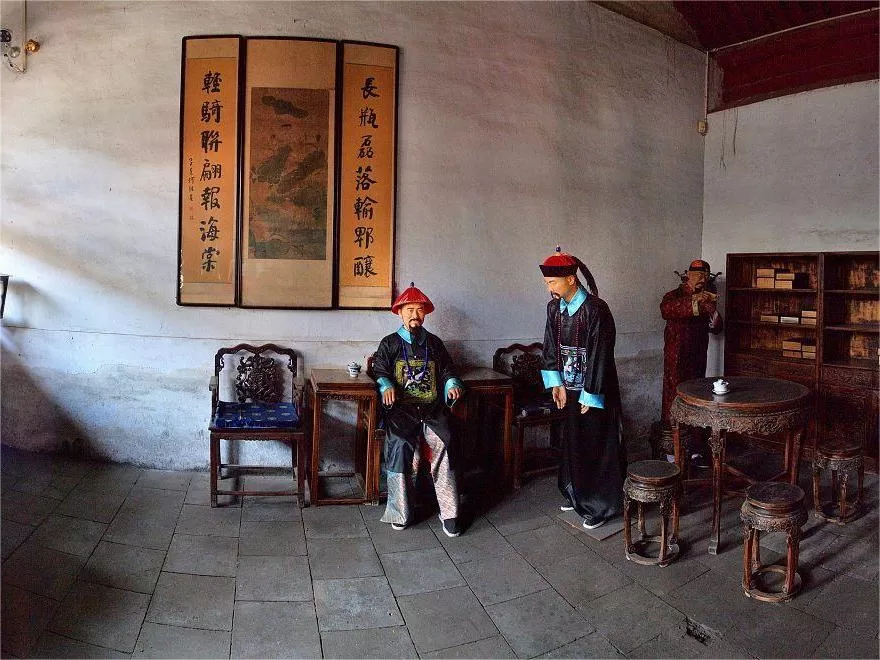
The residential quarters include the governor’s study and private office for signing documents. Governors of Zhili Zongdu often engaged in scholarly activities and wrote books in this area. The eastern two-room section serves as the office for signing documents, equipped with office supplies and a wooden bed with a canopy. The western side is divided into two spaces by intricately carved wooden screens, serving as the governor’s study. Both the eastern and western wings of the residence have heated brick beds on the southern sides for warmth during winter.
Video about ZHili Zongdu Shu
Conseils utiles résumés à partir d'études
Transportation Recommendations: Due to its central location in the old city area with dense pedestrian and vehicular traffic, it is advised to use taxi or public transportation for commuting.
Entrance Area and Souvenir Shop: At the entrance, there is a fantastic souvenir shop offering a variety of memorabilia and exquisite trinkets. The shop is highly regarded for its likable items, and the prices are reasonable.
Digital Experience Hall: Inside, there is a digital experience hall that provides an immersive and not-to-be-missed experience.
Local Attractions and Culinary Options: The surroundings of Zhili Zongdu Shu offer numerous local eateries. Opposite the street is the Governor’s Square, and 200 meters ahead is the Ancient Lotus Pond Museum. For a fee of 30 yuan, visitors can explore the museum.
Other Attractions in Baoding

Daci Pavilion
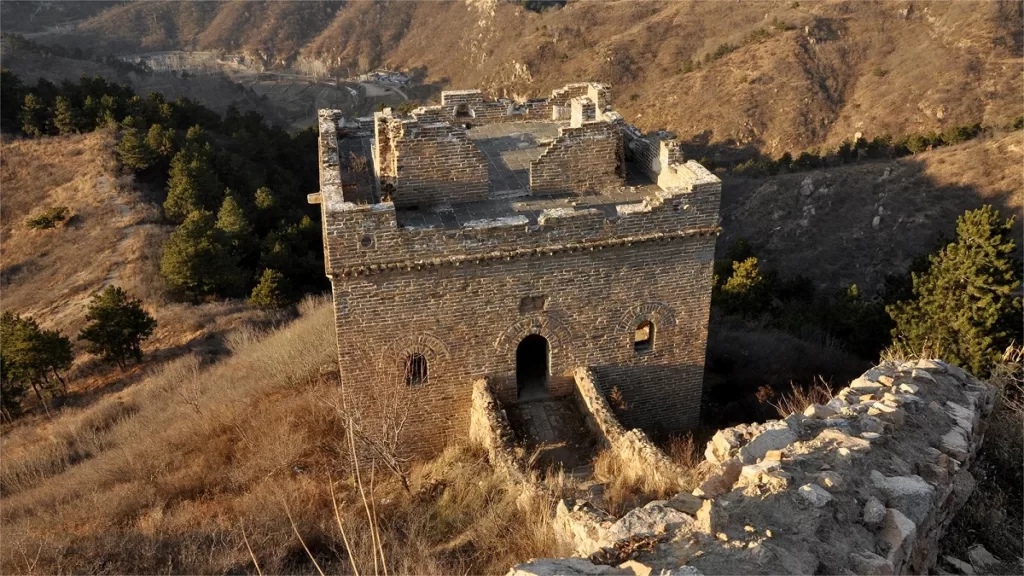
Wulonggou Great Wall

Yishui Lake Scenic Area
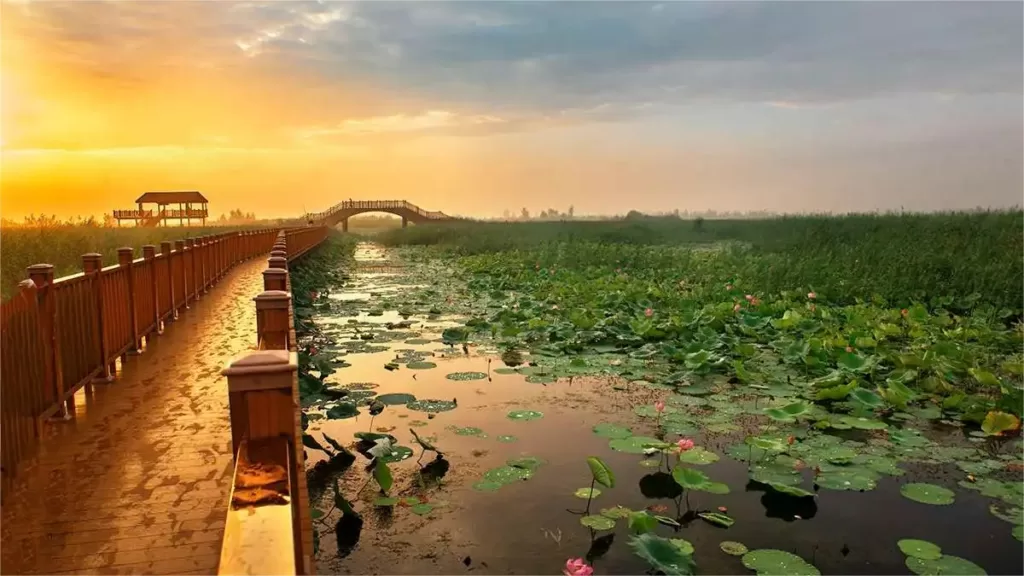
Baiyang Lake

Western Qing Tombs
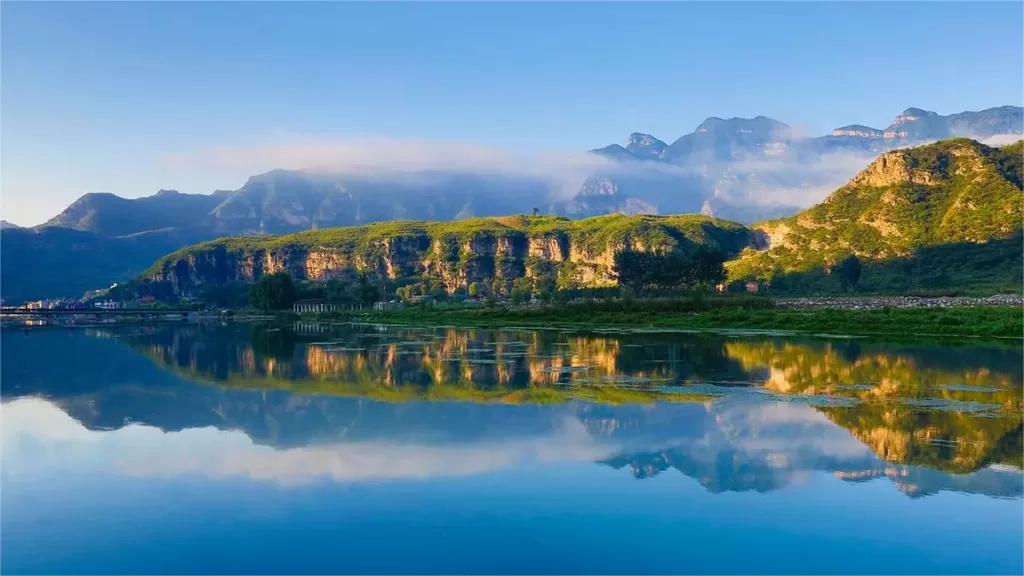
Yesanpo National Park
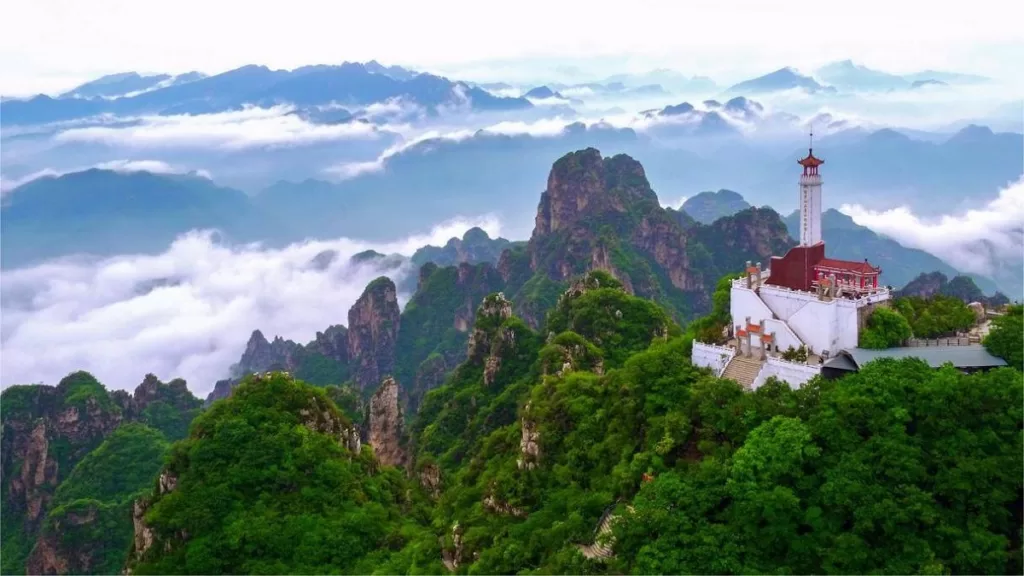
Langya Mountain

Baishi Mountain or White Stone Mountain
Attractions de Baoding, Sites historiques du Hebei, Musées du Hebei